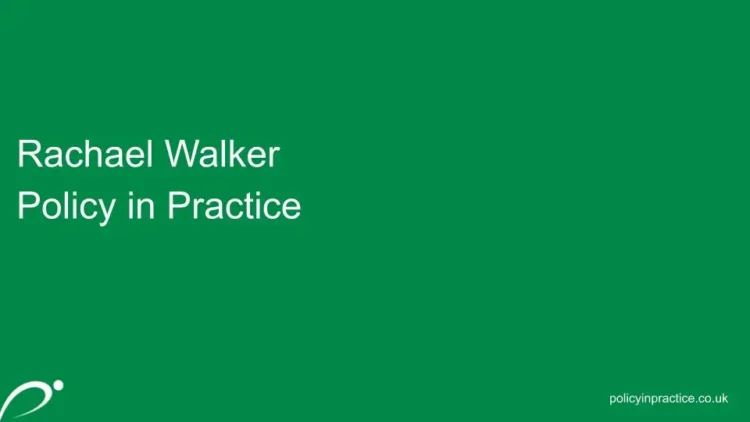How East Riding of Yorkshire Council grew the income of 15,700 households by £13m
28 February
In late 2020 East Riding of Yorkshire Council had arrears worth over £6.4 million. At the same time, 42% of residents were living below the poverty line.
Directed by its Financial Inclusion Strategy the council sought to increase the financial resilience of residents by targeting support to people in arrears, and encouraging the take up of unclaimed benefits, social tariffs and related support.
However, in order to put their plans into practice, they needed to generate impact without placing extra administrative strain on staff. This needed to be done whilst also managing demand for other council services and administering the government’s COVID response grants for households and businesses.
The council’s revenues and benefits team used their data to identify 15,700 households missing out on support. Armed with this information they launched 24 separate campaigns between 2020 and 2023 to tell the families of their benefit entitlement and encourage take up.
As a result of their actions over £13 million of income was put into resident’s pockets and over £650,000 of arrears was recouped.
With guest speaker Paul Furness, Debt Management Operations Manager, East Riding of Yorkshire Council
Listen back to hear
- Which benefit take up campaigns were carried out and how successful they were
- How a return on investment of £416 for every £1 invested was achieved by just one small team
- How East Riding of Yorkshire’s approach can be replicated elsewhere

We've used LIFT for specific awareness campaigns and to target spending of government grant funding in an effective and efficient way. LIFT means we can make a big impact using limited resources for maximum gain. Increasing income into a household is also a good start to talking about how we can help reduce their council tax arrears. If we don't act on the data we have, I think we're failing our residents.

LIFT identifies benefits that residents are eligible for and not receiving. It helps local authorities to better understand the current and future need of services and to be able to do so with ever decreasing budgets and smaller teams. At a time when there are big questions about the future of local discretionary pots, the need for LIFT and using the DWP's money rather than yours has never been more important.
Register your interest

Evidence and impact of MAST on safeguarding practice in West Glamorgan
09 July
2:00 to 3:30

Connecting support: Why your tenants are falling into arrears and what you can do about it
23 July
10:30 to 11:45

Understanding the impact of disability benefits reforms on local authorities
27 August
10:30 to 11:45








